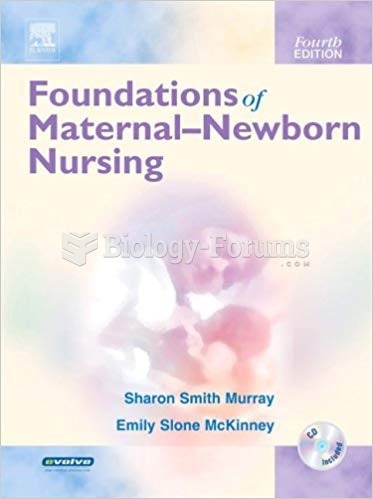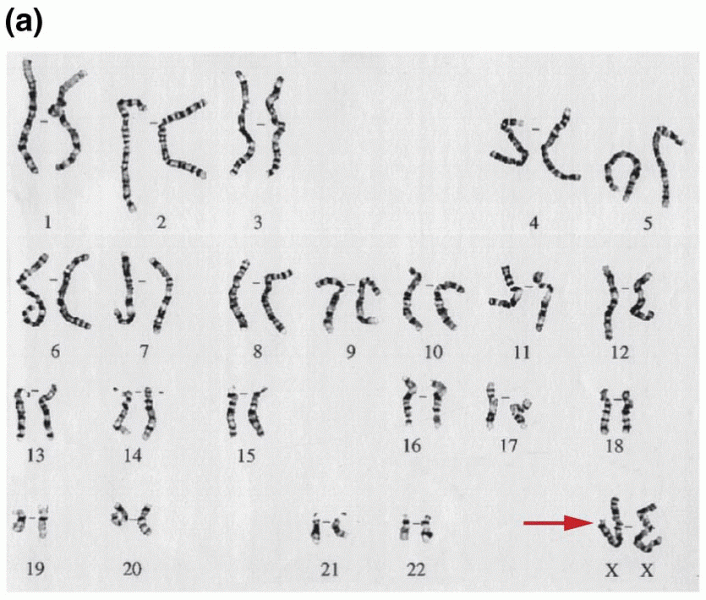Answer to Question 1
D
Feedback
A Incorrect. Informing the elder about dietary fiber offers no control to the elder because the elder is not part of the decision. Nursing interventions developed with the elder's collaboration are most likely to help an older adult achieve health and wellness.
B Incorrect. Collaborating with the health care provider for a low-fat diet is a rea-sonable approach to help this man with hyperlipidemia achieve health and well-ness. However, the elder is more likely to have motivation and enthusiasm for a therapeutic regimen over which he has some control.
C Incorrect. This is a reasonable approach to an elder with hyperlipidemia and is a part of a multifaceted approach to optimizing his health. However, the elder is more likely to engage in a regimen over which he has input.
D Correct. The nurse collaborates with the elder to choose suitable foods. This is likely to be an effective nursing intervention to help an elder with hyperlipidemia achieve optimal health and well-being because it gives him some control over the regimen and thus engages him in the process of lowering serum cholesterol.
Answer to Question 2
C
Feedback
A Incorrect. Interrupting an elder's worship with glucose testing can be interpreted as a lack of respect for spiritual needs. The nurse can provide for and respect the physical and spiritual aspects of the elder's life by testing for glucose before the service begins.
B Incorrect. In transporting the adults to the exercise program in a wheelchair to save time, the nurse disregards the need for self-esteem and exercise, important aspects of physical well-being. Ambulatory adults can walk, with assistance if needed, to exercise programs and benefit from the additional activity and inde-pendence.
C Correct. The nurse uses a holistic approach to the care of an older female adult who is Islamic because the woman and her family are more likely to be willing participants in a therapeutic regimen that respects a tenet of their culture.
D Incorrect. The nurse can be tempted to allow an elder to eat meals alone in his or her room if this will motivate the person to eat or if the elder has dysphasia and is embarrassed. However, while focusing on physical needs, the nurse ignores psychosocial and other aspects of health and well-being.







